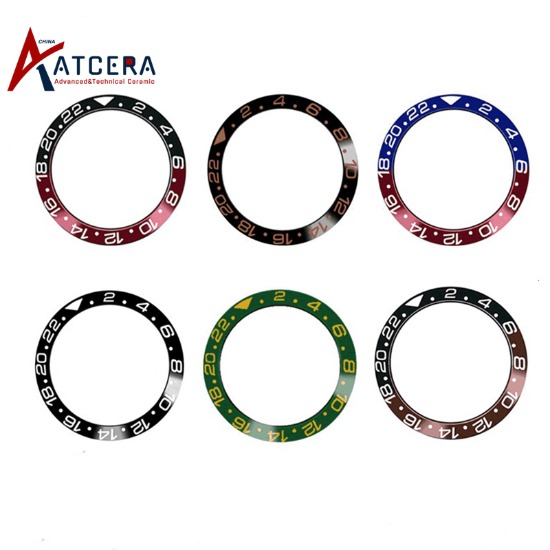Is ZrO2 Ceramic the Future of Smart Wearable Device Shell Materials?
With the rapid development of science and technology, smart wearable devices have gradually integrated into our daily life, especially in the field of sports and health play an irreplaceable role. From tracking exercise to monitoring heart rate, these devices offer us unprecedented convenience and comfort. However, with the continuous evolution of artificial intelligence technology, the degree of intelligence of smart wearable devices is increasing, and the requirements for device shell materials are becoming increasingly stringent. The purpose of this paper is to discuss the advantages and disadvantages of existing smart wearable device shell materials, and look forward to the future innovation direction.
Introduction to ZrO2 Ceramic as a Potential Shell Material for Smart Wearables
At present, the watch bezel of smart wearable devices is mostly made of metal or plastic. The metal shell is favored for its good heat dissipation performance, but it also brings the problem of hot equipment caused by too fast heat conduction, affecting the user experience. In addition, after the metal shell is anodized and multi-color spray painting treatment, although the appearance is bright, once the physical collision occurs, it is easy to drop paint and oxidation, reducing gloss and affecting the appearance.
Advantages and Disadvantages of Current Smart Wearable Shell Materials
The plastic shell is slightly inferior because of its poor texture. Although manufacturers are constantly trying to add design elements such as patterns and imitation leather to enhance the feel, the plastic shell still looks dull compared to the premium feeling generated by metal and glass materials. At the same time, the heat dissipation effect of the plastic shell is general, and the heat cannot be dispersed in time, which may have a negative impact on the operation effect of the equipment.
The Limitations of Metal and Plastic Shell Materials
Given the limitations of existing materials, future innovations in the housing materials of smart wearable devices will be crucial. On the one hand, the need to develop new metal materials, both to maintain good heat dissipation performance, but also to avoid heat conduction too fast resulting in hot problems. At the same time, new metal materials should have stronger collision resistance to reduce the risk of paint loss and oxidation.
The Promise of ZrO2 Ceramic and Other Non-Metallic Materials
On the other hand, new non-metallic materials, such as ceramics and glass, should be actively explored. These materials not only have a better texture and enhance the overall beauty of the device, but may also have better heat dissipation and wear resistance. In addition, with the development of advanced manufacturing technologies such as 3D printing, the zirconia ceramic watch bezel will be more diversified in the future to meet the needs of users for personalized and customized.
Future Directions in Smart Wearable Shell Material Innovation
Smart wearable devices are indispensable supplies in future life, and the innovation of its shell materials will directly affect the user experience and the overall performance of the device. By constantly exploring new metallic and non-metallic materials, we are expected to see more beautiful, durable and intelligent smart wearable devices in the future. These devices will not only better serve our sports and health needs, but also bring us a more convenient and comfortable life experience. Therefore, the innovation of smart wearable device shell materials is not only the embodiment of scientific and technological progress, but also an important guarantee for the improvement of the quality of life in the future.

评论
发表评论